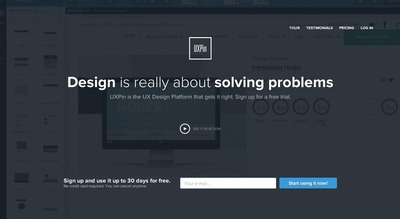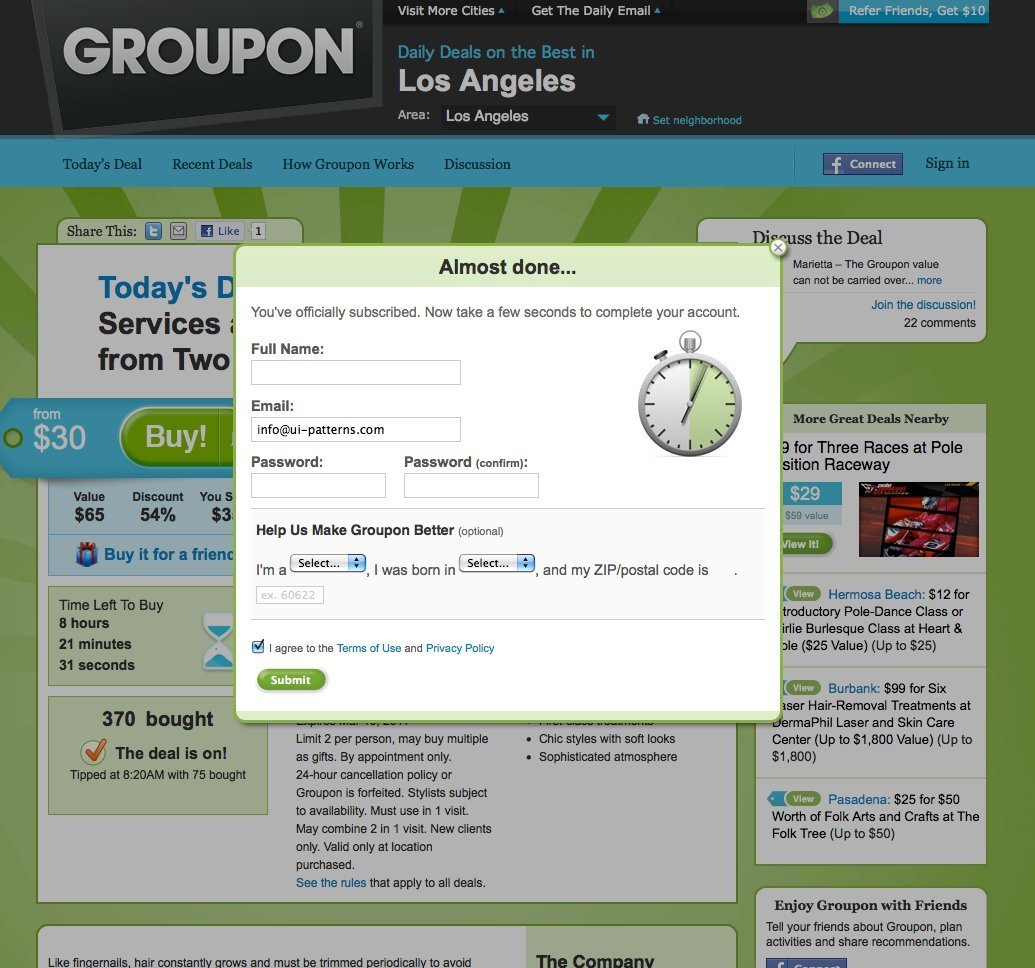Curiosity
Design Pattern
This card is part of the Persuasive Patterns printed card deck
The Persuasive Patterns Card Deck is a collection of 60 design patterns driven by psychology, presented in a manner easily referenced and used as a brainstorming tool.
Get your deck!Solution
- Reveal enough to arouse interest. Consider when, and what, can you hold back and reveal just enough to arouse interest so you can supply a way to take the next step.
- Do something unexpected. People will stick around long enough to figure out what is going on.
- Drip-feed information. Set up multiple posts that encourage engagement, such as joining an email list for a first look at a new product.
- Allow exploration. We get pleasure from recognizing and seeking out new knowledge and information, and the subsequent joy of learning and growing.
Rationale
Reveal just a tiny bit to arouse interest and create a knwledge gap. As humans, we are driven to seek the information missing to closes the knowledge gap. Tease users with a fragment of the whole picture and let them take action to reveal more. You can delay filling in the missing pieces for quite a long time, but be aware of the point where you start introducing too much discomfort.
Academic research on Curiosity has undergone 2 waves of intense activity. The first in the 1960s focused mainly on curiosity’s psychological underpinnings – a drive-based approach producing an unpleasant sensation (usually labeled arousal). The second in the 1970s and 1980s tried to measure curiosity across varius dimensions without producing a reliable and valid curiosity scale, but honing in on a useful definition.
1 Loewenstein, G. (1994). The psychology of curiosity: A review and reinterpretation. Psychological Bulletin, 116(1), 75–98
2 Jirout, J. J. (2020). Supporting Early Scientific Thinking Through Curiosity. Frontiers in psychology.
3 The Curiosity Effect at Learning Loop
More examples of the Curiosity pattern See all 2 example screenshots

User Interface Design Patterns
- Forms
- Explaining the process
- Community driven
- Tabs
- Jumping in hierarchy
- Menus
- Content
- Gestures
- Tables
- Formatting data
- Images
- Search
- Reputation
- Social interactions
- Shopping
- Increasing frequency
- Guidance
- Registration
Persuasive Design Patterns
- Loss Aversion
- Other cognitive biases
- Scarcity
- Gameplay design
- Fundamentals of rewards
- Gameplay rewards



